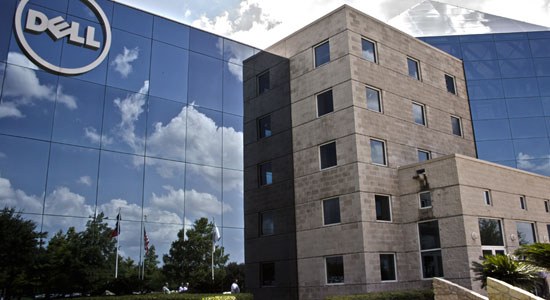In most industries today, technology is seen as a driver of human potential, making businesses and their employees smarter, faster, and more effective. This means constantly adapting to new tech, which is introduced and implemented at increasingly breakneck speeds. But until recently, the commercial building management industry measured technology shifts (think HVAC and utilities) not in months but in decades, as innovation stalled and companies held onto traditional infrastructure and operating models.
Now, recognizing the sky-high volumes of energy and utility waste their buildings create each year, building managers are realizing that taking advantage of new technology may be the easiest path to lower costs and create greater sustainability.
At this intersection of smarter tech and greener tech for the building management industry stands the Internet of Things (IoT), the connection of smart devices and the apps on those devices in order to help people make more informed decisions or, better yet, completely automate key actions. With the launch of our IoT Gateway devices and IoT Lab in Santa Clara, California and initiatives like the IoT-focused Open Interconnect Consortium (OIC), made up of companies like Dell and Intel, we hope to help IoT take shape in a more meaningful, standardized way across industries, including building management.
IoT allows commercial building managers to leverage connected systems to obtain actionable information—e.g. there’s a light on in an empty room or a leak in an unattended faucet—that makes it easier to regulate their expenses. A natural fit for this space, Dell has been working with original equipment manufacturers and partners like Intel to help turn new and historic buildings alike into “smart buildings” that save their owners time and money, typically through automated or intelligent climate control, water conservation, and the elimination of other wasteful expenditures.
And it turns out there’s plenty of room for improvement. One of our early smart building projects, a hotel in San Diego, has seen significant cost savings just through water efficiency improvements. In partnership with a group called Cleantech San Diego, we’ve also begun to demonstrate how our IoT Gateways and analytics can help the Port of San Diego enable and manage smart buildings by collecting data from heating, ventilation, and air conditioning (HVAC) systems at their Administration Building, store that data in OSIsoft’s cloud-based PI System and translate that data into a simple dashboard display that can be easily interpreted and acted upon by building operations managers.
We see consumers making “smart” updates within their own homes using devices like the Google-owned Nest, but commercial buildings represent a particularly massive growth potential, with buildings currently consuming 40 percent of the energy of all electricity used in the world, along with 25 percent of the water. Smart building systems can reduce that energy waste by 30 percent or more. So it’s not surprising that, according to Harbor Research, revenue opportunities for the “smart city” are predicted to grow from $25 billion in 2014 to more than $210 billion in 2020.
For all of these reasons, we have entered the smart building technology space with a few big initiatives: A few years ago we were the first major OEM to produce solutions that complied with the American Society of Heating, Refrigerating and Air-Conditioning Engineers’ (ASHRAE) new guidelines, and we have continued to participate in ASHRAE conferences and discussions as the HVAC industry begins its journey toward IoT. Each year, we also sponsor the Intelligent Buildings Conference (IBcon), which helps us connect with other smart building vendors and thought leaders to stay abreast of new opportunities and challenges.
But perhaps most significantly, we’re also working with Intel and other industry leaders to help architects and organizations imagine the next generation of integrated, open-architected, IP-centric, connected, high-performance, sustainable, energy-efficient, operationally efficient, and intelligent buildings. That may be a mouthful, but we use those descriptors for good reason—we have a clear vision of what smart building technology should be, and we’re working to make it a reality for as many people as possible, in keeping with Dell’s tradition of bringing important new technologies to the mainstream.
We’ll be demoing our latest building automation solutions as a gold sponsor at the upcoming Intel Developer’s Forum in San Francisco, Aug. 18-20. Stop by and visit us at Booth 112 to talk more about building automation, IoT and how Dell and our partners are working toward a more sustainable and connected future. We hope to see you there, and we can’t wait to share our vision with you.
